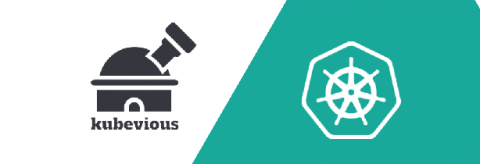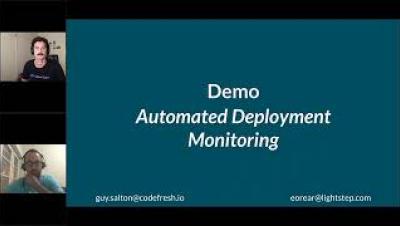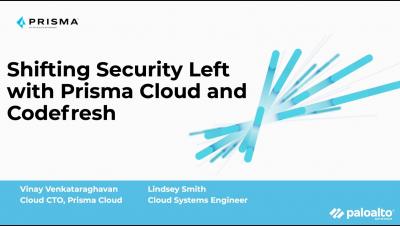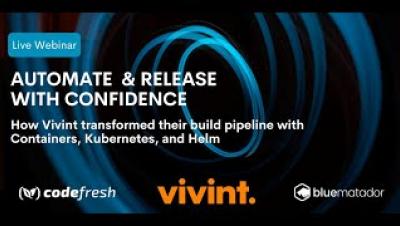Kubevious - a Revolutionary Kubernetes Dashboard for Cross-Checking and Validating Your Kubernetes Resources
The standard Command Line Interface for Kubernetes (kubectl) is a very powerful tool for debugging or monitoring purposes. It is very inefficient, but just if you want to get a high-level overview of your Kubernetes cluster or want to work with multiple resources at the same time. A large number of graphical Kubernetes dashboards exist today and chances are that you already used the default Kubernetes dashboard or the one that comes with your cloud provider.











